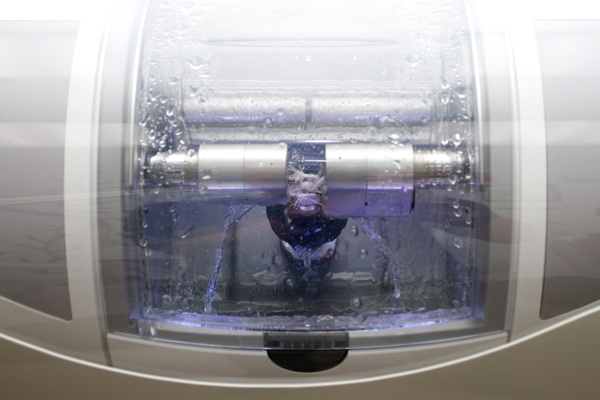 Gum recession is one of the many conditions that can be treated with the use of composite fillings. Receding gums can reduce confidence in the appearance of a person's smile and increase the risk of tooth sensitivity and decay. Fortunately, with treatment, this condition can often be stopped or reversed.
Gum recession is one of the many conditions that can be treated with the use of composite fillings. Receding gums can reduce confidence in the appearance of a person's smile and increase the risk of tooth sensitivity and decay. Fortunately, with treatment, this condition can often be stopped or reversed.
What patients should know about gum recession
Gum recession occurs when the gums are pushed back or wear away, exposing the pink tissue that covers the roots of one or more teeth. These exposed roots can lead to an increased risk of tooth infection, decay or loss.
Causes of gum recession
The most common cause of gum recession is periodontal disease caused by poor oral hygiene. However, even people with good oral hygiene can experience gum recession due to inflammation or inherited factors, such as crooked, crowded or misaligned teeth or thin gums.
Wear and tear on the gums due to aging, brushing too hard or brushing with a stiff-bristled toothbrush is another common cause. Tobacco use, hormonal fluctuations and damage caused by body piercings can also contribute.
Prevention of gum recession
Inherited risk factors and aging cannot be avoided. However, there are steps people can take to reduce the risk of gum recession:
- Get teeth cleaned and examined every six months to a year
- Brush teeth gently with a soft-bristled toothbrush and floss regularly
- Avoid tobacco use and mouth piercings
How composite restoration can help
Mild gum recession may not require treatment and can often be reversed with proper oral hygiene. In cases where the recession has caused gaps between teeth or exposed roots, composite fillings may be used to close the gaps or cover exposed roots.
Composite fillings
Composite fillings are made from a polymer resin that contains plastic particles. These fillings have traditionally been used as a cosmetic alternative to amalgam fillings but can also be used to repair damaged or decayed teeth, close tooth gaps and cover exposed roots.
Restoration process
The dentist begins the process by selecting a shade of resin that closely matches the natural shade of the patient's teeth. The dentist then roughens the surface of the tooth and applies a conditioning liquid. The resin is molded and smoothed to the desired shape, and a special light is used to harden the material.
Once hardened, the material is trimmed, shaped and polished to achieve the desired appearance. The whole process usually takes about 30 to 60 minutes per tooth.
Benefits of composite restoration
Composite restoration is one of the least invasive methods of treating gum recession. It is also one of the most aesthetically pleasing because the resin can closely match the natural appearance of the teeth.
Check out what others are saying about our dental services on Yelp: Composite Fillings in Fort Worth, TX.
Conclusion
Gum recession can damage the appearance of the smile and lead to painfully sensitive teeth, exposed roots and an increased risk for tooth decay and loss. Composite fillings can be used to improve the appearance of the smile and reduce risk factors caused by gum recession.
Request an appointment or call Riverside Dental at 817-210-4082 for an appointment in our Fort Worth office.
Recent Posts
If you have a damaged tooth due to a dental emergency, you would probably need same day crowns to restore your smile as soon as possible. Leaving a damaged tooth unprotected can make you vulnerable to infections that will affect not only your oral health, but also your general wellbeing. In this article, you will…
Is it time for a smile makeover? If you look in the mirror and do not like your teeth, there are things you can do to change it. Your general dentist can offer various treatments and procedures to revive your smile and give you the appearance you have always wanted. Your dentist can discuss your…
More dentists are using CEREC® same-day crowns as a tooth-restoration method. If you have a damaged or severely decayed tooth, this treatment could be just what you need. There are benefits and advantages to choosing this method over other options. It is useful to understand how the process works and how it is different than…


